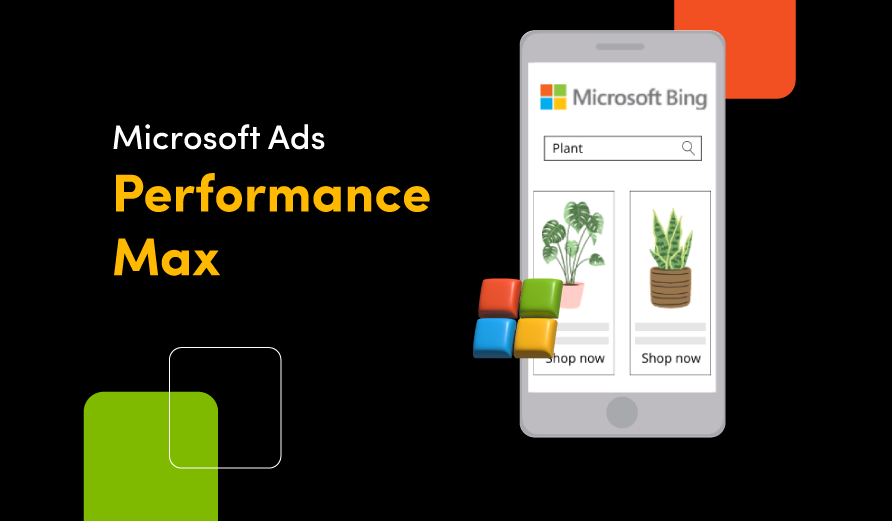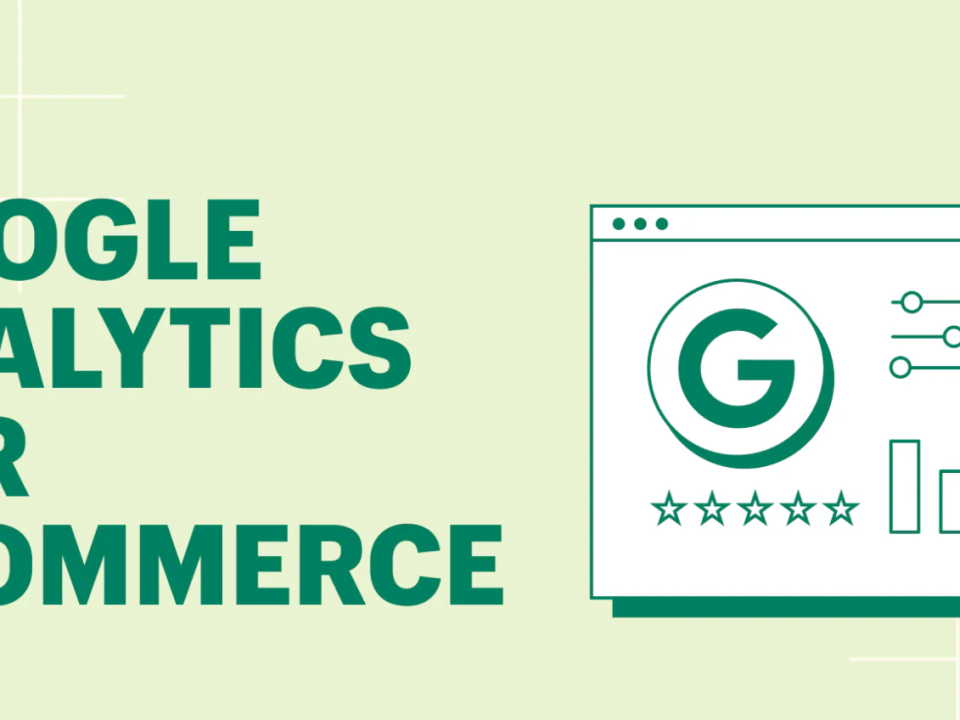- Call Now for a Free Evaluation
- +2347034964068
Leveraging Augmented Reality (AR) to Enhance the E-Commerce Shopping Experience
The e-commerce landscape is continually evolving, with new technologies reshaping how consumers interact with online retailers. One such game-changing technology is Augmented Reality (AR). AR overlays digital content onto the physical world, providing an interactive and immersive shopping experience. In this post, we will explore the benefits of AR in e-commerce, how it can be implemented, and the future potential it holds.
What is Augmented Reality in E-Commerce?
Augmented Reality (AR) in e-commerce refers to the integration of AR technology into online shopping platforms. This technology allows customers to visualize products in their real-world environment through their smartphones or AR-enabled devices. For example, a customer can see how a piece of furniture would look in their living room or how a pair of glasses would fit on their face.
Key Benefits of AR in E-Commerce
1. Enhanced Customer Experience
AR provides a highly interactive and engaging shopping experience. Customers can visualize products in their own space, leading to more informed purchasing decisions.
Benefits:
- Interactive Visualization: Allows customers to see products in their real-world environment.
- Increased Engagement: Engages customers with interactive and immersive experiences.
- Improved Satisfaction: Reduces uncertainty, leading to higher customer satisfaction.
2. Higher Conversion Rates
AR can significantly boost conversion rates by providing customers with a better understanding of the product. When customers can see how a product fits into their lives, they are more likely to make a purchase.
Benefits:
- Informed Decisions: Helps customers make confident purchase decisions.
- Reduced Returns: Decreases the likelihood of returns due to mismatch of expectations.
- Higher Sales: Encourages quicker and more decisive buying actions.
3. Reduced Return Rates
One of the biggest challenges in e-commerce is the high rate of product returns. AR helps mitigate this issue by giving customers a clear and accurate representation of the product before they buy.
Benefits:
- Accurate Product Visualization: Reduces the gap between expectation and reality.
- Customer Satisfaction: Ensures customers are satisfied with their purchase.
- Cost Savings: Lowers the cost associated with returns and exchanges.
4. Competitive Advantage
Integrating AR into your e-commerce platform can set you apart from competitors. It demonstrates innovation and a commitment to enhancing the customer shopping experience.
Benefits:
- Brand Differentiation: Stands out in a crowded market.
- Customer Loyalty: Builds loyalty by offering a superior shopping experience.
- Market Leadership: Positions the brand as a forward-thinking leader.
Implementing AR in Your E-Commerce Strategy
Step 1: Choose the Right AR Platform
Select an AR platform that aligns with your business needs and technical capabilities. Popular AR development platforms include ARKit (for iOS), ARCore (for Android), and WebAR (for browser-based experiences).
Step 2: Develop AR Content
Create high-quality 3D models of your products. Ensure these models are detailed and accurately represent the physical products. You may need to work with 3D artists or AR content developers.
Step 3: Integrate AR into Your E-Commerce Platform
Work with your development team to integrate AR functionality into your website or mobile app. This may involve embedding AR code, ensuring compatibility with various devices, and optimizing performance.
Step 4: Test and Optimize
Conduct thorough testing to ensure the AR experience is smooth and intuitive. Gather feedback from users and make necessary adjustments to improve usability and performance.
Step 5: Promote Your AR Features
Market your new AR capabilities through your website, social media, email campaigns, and other channels. Educate customers on how to use the AR features and highlight the benefits.
Case Studies: Success Stories of AR in E-Commerce
IKEA Place App
IKEA’s Place app allows customers to visualize furniture in their homes using AR. Users can select products from the catalog and see how they fit and look in their space. This app has significantly enhanced the shopping experience and reduced returns.
Sephora Virtual Artist
Sephora’s Virtual Artist uses AR to let customers try on makeup virtually. Users can see how different products look on their face in real-time, leading to more confident purchase decisions and a higher likelihood of satisfaction.
Warby Parker Virtual Try-On
Warby Parker’s app features an AR-powered virtual try-on for glasses. Customers can see how different frames look on their face before making a purchase, ensuring they find the perfect fit and style.
The Future of AR in E-Commerce
The potential for AR in e-commerce is vast and continually expanding. As technology advances, we can expect to see even more sophisticated and seamless AR experiences. Here are some trends to watch:
1. AR Shopping Assistants
Future AR applications may include virtual shopping assistants that guide customers through the shopping process, providing personalized recommendations and support.
2. Enhanced Social Shopping
AR will likely play a significant role in social shopping, allowing users to share their AR experiences and get feedback from friends and influencers in real-time.
3. Virtual Showrooms
Retailers may create fully immersive virtual showrooms where customers can explore and interact with products in a virtual space, offering a more comprehensive shopping experience.
Conclusion
Augmented Reality is transforming the e-commerce landscape by providing immersive, interactive, and personalized shopping experiences. By integrating AR into your e-commerce strategy, you can enhance customer engagement, increase conversion rates, reduce return rates, and gain a competitive edge. Stay ahead of the curve by embracing AR technology and watch your e-commerce business thrive in this innovative digital age.





